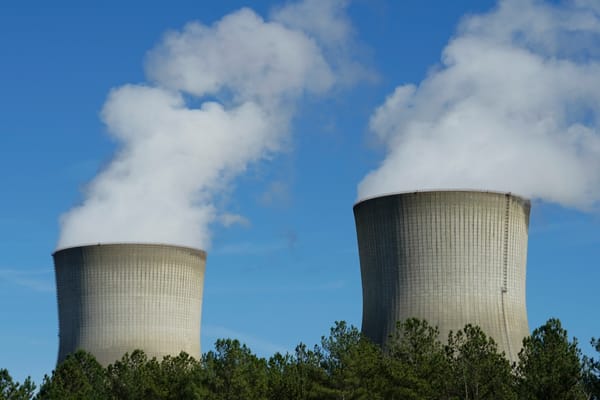Last week, OpenAI, Oracle, and SoftBank announced Stargate, a massive data center to power artificial intelligence. It promises to be one of the most ambitious infrastructure projects in American history. With a price tag as high as half a trillion dollars, it might also be the biggest data center the world has ever seen. Standing in the White House with President Donald Trump and with his counterparts from Oracle and Softbank, OpenAI CEO Sam Altman declared that Stargate “will be the most important project of this era.” Echoing the president’s inaugural address, SoftBank’s Masayoshi Son added: “This is the beginning of a golden age.”
But on Monday, everyone seemed to be shaking their heads, saying American AI dominance was cooked. Top chip firm Nvidia got a half a trillion dollar haircut, while the Nasdaq dipped by more than 3 percent. What had happened between the Stargate announcement and Monday’s opening bell was the emergence of DeepSeek, a major new Chinese competitor to America’s AI behemoths, which spent the weekend at the top of Apple’s App Store. Most observers agree that DeepSeek is more efficient and more dynamic than its American rivals. This is all the more astounding because DeepSeek was something of a side project created by finance quants. The conventional thinking just a few months ago was that China lagged a few years behind America. Now the two countries look neck and neck, with China potentially poised to pull ahead.
“Data centers require a lot of electricity.”
The question, as it was back in 1957 when the Soviets made it into space first, is whether America can get back in the game. And while much of that will depend on innovation, it will also depend on something far more basic: energy. Data centers require a lot of electricity, so we will need to build many new power plants to maintain our competitiveness.
This is why, even before the challenge posed by DeepSeek, an AI boom in the United States was far from a given. Misguided energy policy has reduced supply and left the grid increasingly unreliable over the past several decades. The new administration has the opportunity for a course correction, but it will need to more than slash wind and solar subsidies and other green initiatives: It will have to hybridize the Republican Party’s traditional penchant for slashing red tape with a muscular industrial policy dedicated to strengthening America’s energy system.
